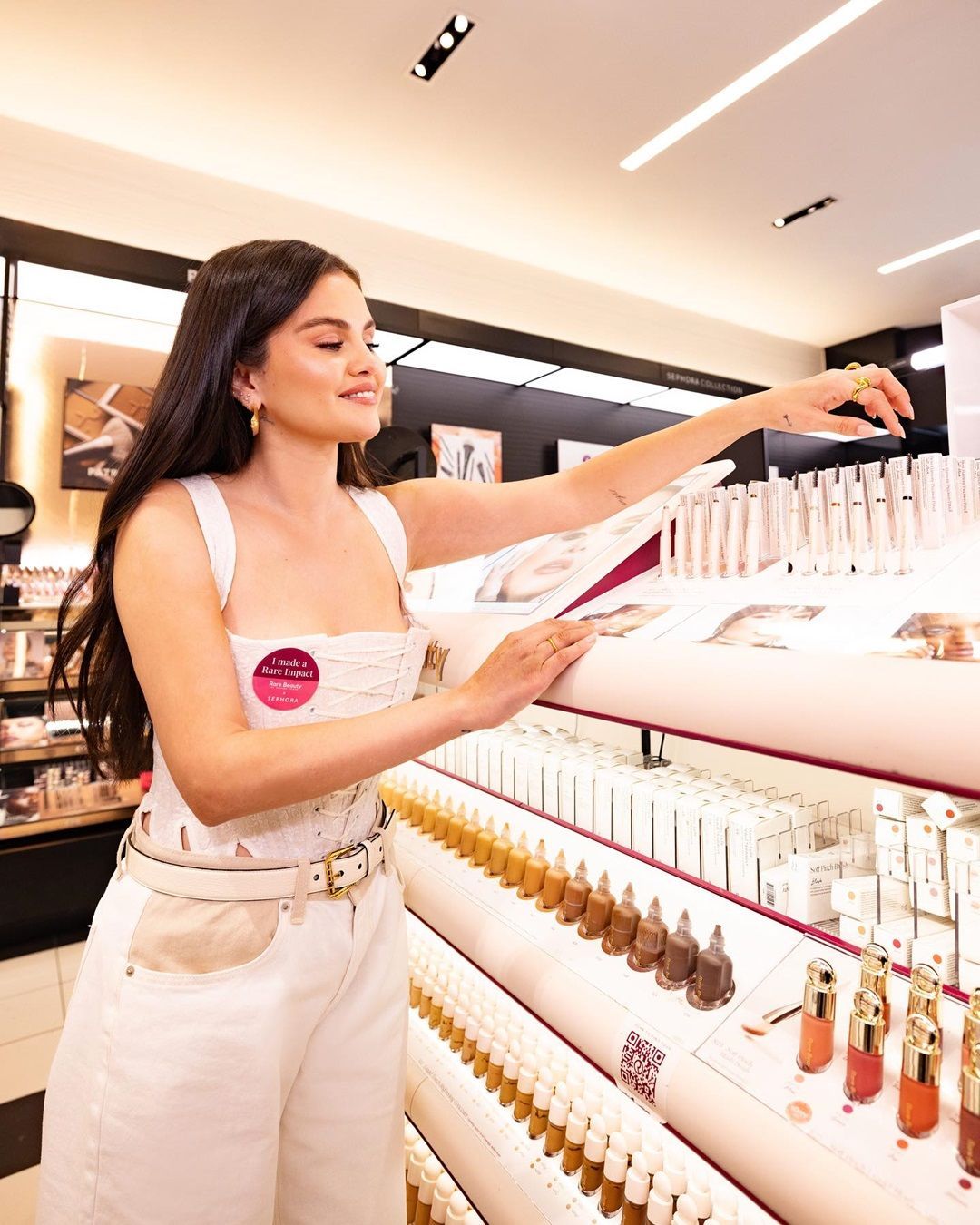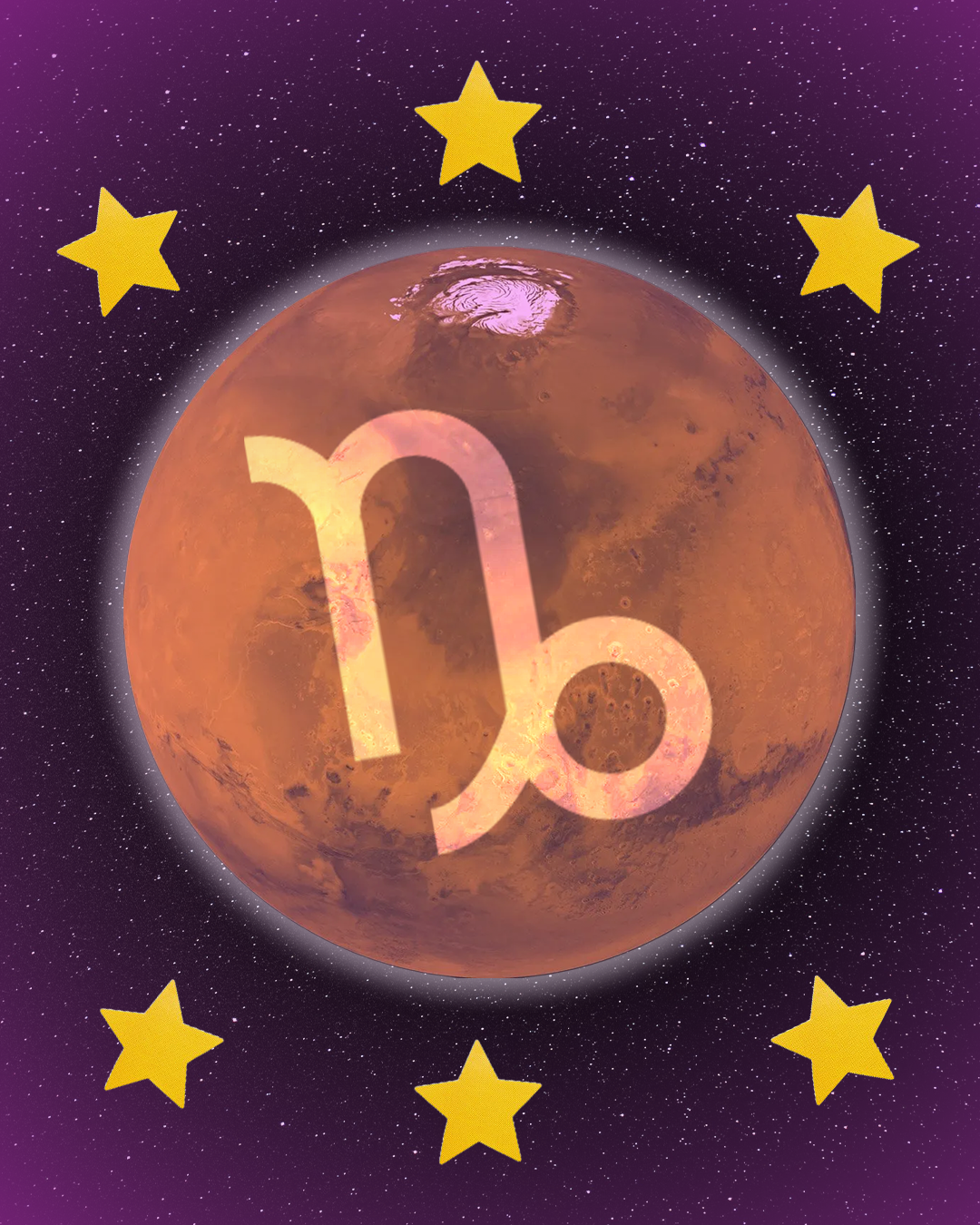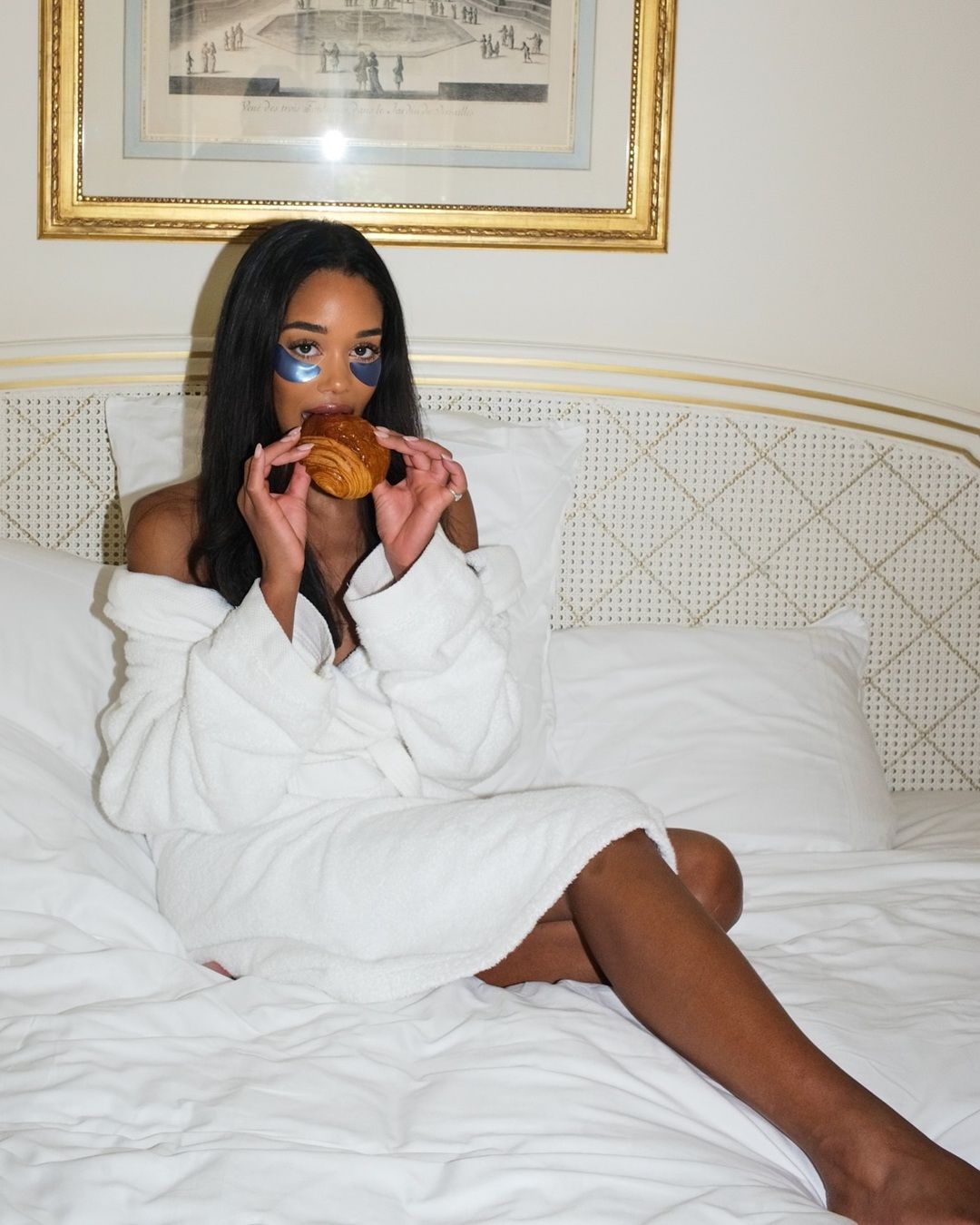
Is the beauty industry growth slowing down? The luxury crisis also infects the beauty industry, with waning consumer interest globally
Only a few months ago, experts were praising the global cosmetics industry, as it surpassed expectations despite the crisis, achieving better results than the clothing and other consumer goods sectors. It was described as a constantly evolving giant, growing at such an impressive pace that, according to Euromonitor International, it is projected to reach $670.8 billion in 2024, with an annual growth rate of 9%. The only blemish on this idyllic picture seemed to be China. In 2023 - due to factors such as economic slowdown and consumers’ growing preference for local brands - the Chinese market reported modest growth of 5.1%, reaching $58 billion. However, China is not the only challenge for beauty companies. Recent earnings reports show that the slowdown is also spreading to the United States and Europe.
Beauty brands fall short of growth expectations
In recent quarterly earnings reports for beauty companies, as noted by Business of Fashion, a recurring term has been used to describe sales: “normalization”, meaning a slowdown. LVMH missed analysts’ estimates, highlighting a negative trend in the luxury sector. In the third quarter of 2024, LVMH’s fragrance and cosmetics division recorded its lowest quarterly growth this year at just 3%, significantly below the 9% growth rate in the same quarter last year. L'Oréal reported sales of €10.28 billion in the three months ending in September, with a 2.8% increase in revenue and a 3.4% increase on a comparable basis at constant exchange rates, but these figures fell short of expectations. For example, the French giant’s dermatological beauty category, which includes brands like Cerave, La Roche-Posay, and Skinceuticals, missed double-digit estimates, achieving less than 1% growth for the quarter. Even when results appear positive, they are often “distorted” due to price increases rather than actual global sales volume growth, which, according to consulting firm McKinsey, has risen by only 2%.
The “Lipstick Index” no longer holds. Consumers are reaching their limits
Historically, during times of crisis and uncertainty, people indulge in small luxuries. Unable to afford vacations or expensive branded goods, they invest in affordable luxuries, such as a lipstick or another cosmetic product, which serve as a “feel-good” luxury to help brighten even the toughest days. This phenomenon, known as the Lipstick Index, has been a recurring trend throughout history, from the Great Depression to the aftermath of 9/11. But not anymore. Strained by economic crises and personal financial hardships, consumers have reduced discretionary spending across all categories and are no longer willing—or able—to accommodate continuous price hikes for creams, serums, shampoos, lipsticks, and other cosmetics. They are already grappling with shrinkflation in essential goods like food and beverages and cannot justify investing in products with shrinking packaging and lighter contents. Complaints about annual price increases flood platforms like Reddit and TikTok, and instead of buying, they seek alternatives to save money on Amazon or opt for a dupe.
How will beauty brands bounce back?
To remain relevant in today’s beauty industry landscape, companies must adapt to an economic crisis, highly competitive rivals, and consumers who are both increasingly impoverished and demanding. Successful brands are those that develop effective strategies, both offline and online, diversify and innovate, and cater to their communities’ needs, including those of Generation Alpha, which is emerging as a driving force in the beauty industry. One example is E.l.f. Beauty, which, despite raising prices over the years, announced a 40% growth in its most recent quarter thanks to social media presence and ongoing innovations. Despite the overall negative trend of declining cosmetics and skincare spending, some categories continue to thrive, such as premium beauty products and fragrances. With the holiday season approaching, the situation could improve. According to data from Circana, a leading consumer behavior analytics firm, there has been a 29% increase compared to 2023 in shoppers planning to purchase beauty gifts for Christmas, particularly to meet the preferences of younger consumers from Gen Z and Gen Alpha. Their tastes, heavily influenced by TikTok, include high-end fragrance brand Le Labo and products from Sol de Janeiro, a Brazilian brand owned by L’Occitane.
























































